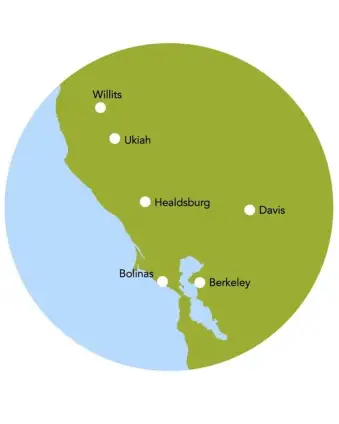Where have all the grains gone?
Cereal grains go back a long way in human civilization. And what a variety we cultivated! Yet today, corn, wheat and rice comprise at least 89% of worldwide cereal production, in spite of the large variety of cereals traditionally available in different parts of the world. This, in turn, has caused losses in the variety of food and consequently nutrients in our diet, which together have adverse environmental and nutritional impacts.
Our goal is to diversify agriculture and our diet by the cultivation and consumption of lesser-known grains such as millets.
Millets are a group of gluten-free cereal grains that are highly nutritious and commonly contain higher protein, mineral and vitamin and fiber levels, compared to corn, rice and wheat. Millets can grow with little water compared to most other grains, and are very well suited to drought-like conditions. They form grains in 90-110 days and are often cultivated on skeletal soils. Millet production is traditionally not dependent on the use of synthetic fertilizers and a majority of them are not affected by storage pests. Additionally, great natural biodiversity exists in millets, hence making them amenable to cultivation in various agro-climatic conditions.
With a generous Seed Grant from the Berkeley Food Institute in 2015, we are beginning to explore the traditions of cultivating millets, and further introducing them into the community and in our diets.
The Millet Project Goals
We are testing small-scale millet cultivation in different locations in Northern California. This is allowing us to identify varieties that are suitable for cultivation in different soils and microclimates. Contact us if you wish to try growing millets on your farm or in your garden!
We are forming collaborations with local farmers and food activists to spread the word about cultivating and consuming millets.